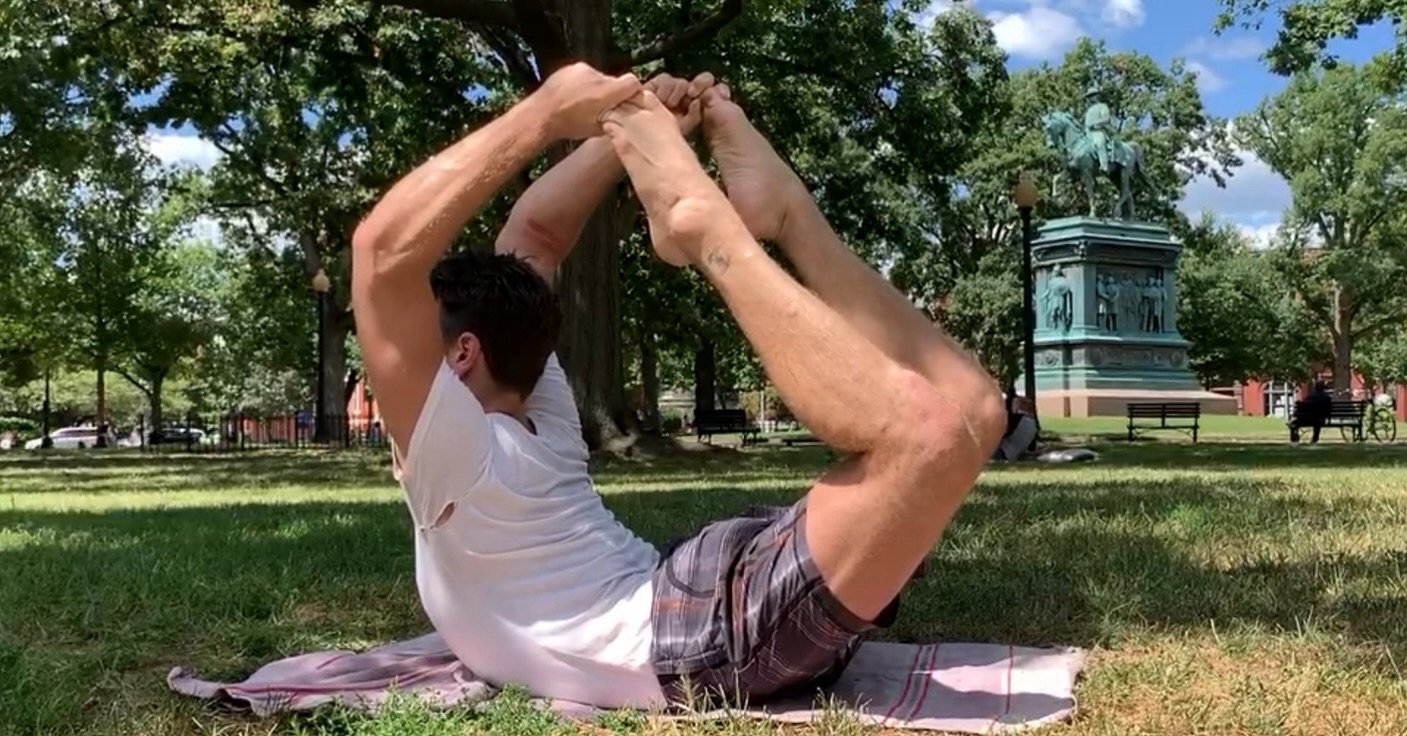Scalability in Ashtanga Yoga Practice
Ashtanga’s Scalability
Ashtanga Yoga, while rigorous, is designed to be a lifelong practice. Scalability in this context refers to the ability to adjust the practice to suit different stages of life, physical conditions, and personal commitments. This adaptability ensures that Ashtanga remains beneficial and sustainable for practitioners, regardless of changes in their circumstances.
Scalability involves modifying the intensity, frequency, and even the type of asanas to align with the practitioner’s current life situation. This flexibility helps maintain the practice’s integrity and relevance, ensuring that it continues to support the practitioner’s health and spiritual growth.
Adapting Practice Through Life Transitions:
Are you practicing to accept reality or are you practicing to fight reality?
Consider a practitioner who has been practicing Ashtanga for decades. As they transitioned into older adulthood, they modified their practice by reducing the number of vinyasas and incorporating more seated and lying poses to maintain joint health and muscle elasticity, allowing them to continue their practice safely and enjoyably.
Strategies for Effective Scalability:
Personal Assessment: Regularly assess physical and mental state and adjust the practice accordingly. This might involve checking in with oneself or consulting with a teacher.
Prioritization of Elements: Depending on current needs, prioritize different elements of the practice, such as strength-building, flexibility, or stress reduction.
Incorporation of Complementary Practices: Integrate other health practices like strength and conditioning, walking, or Tai Chi to support yoga practice and address different physical needs.
Take Home:
Scalability is crucial for maintaining a lifelong Ashtanga Yoga practice. By understanding and implementing modifications based on personal circumstances, practitioners can continue to experience the benefits of yoga throughout their lives.
Adapting practice ensures that Ashtanga Yoga remains a supportive, enriching part of the practitioner’s journey, reflecting the dynamic nature of life itself.







